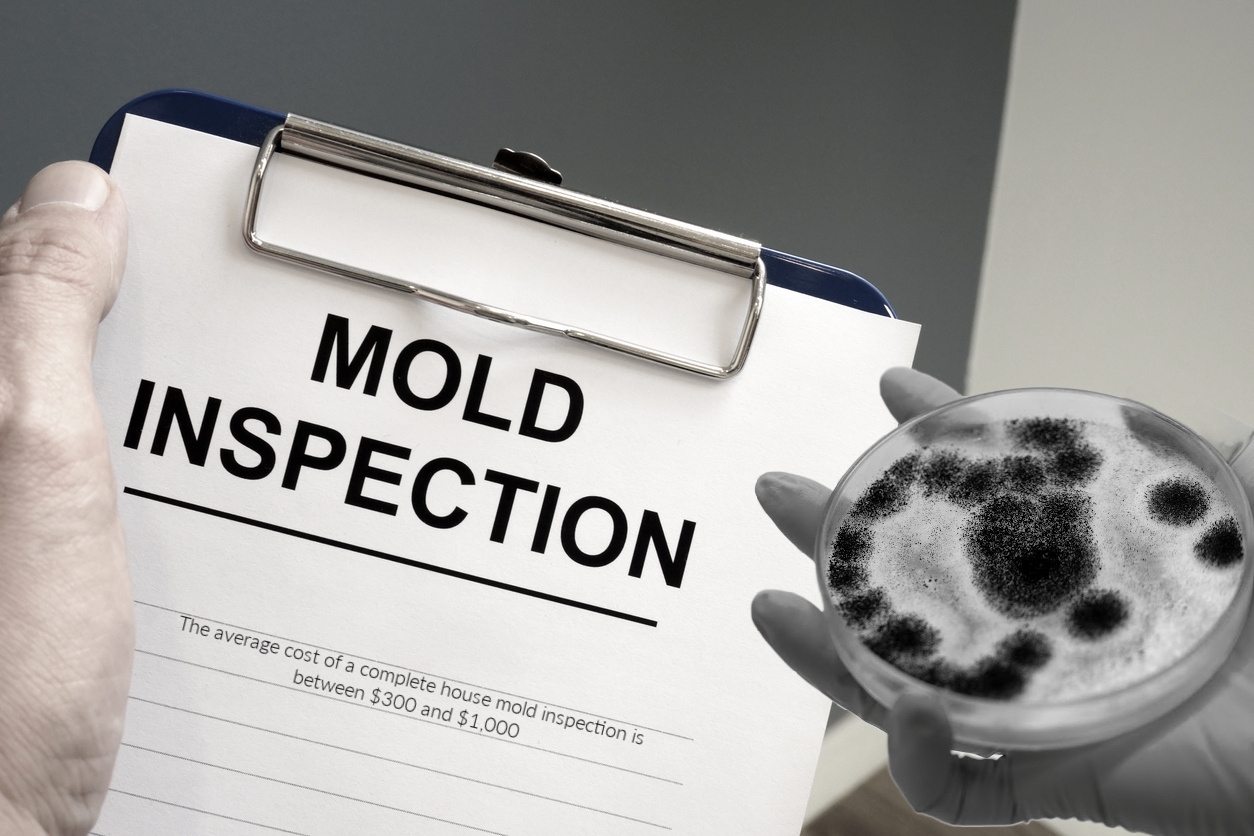Comprehensive Post Mold Remediation Procedures
Wiki Article
Expert Tips for Message Mold And Mildew Remediation Success
In the realm of mold removal, effectively removing mold is only half the fight; real obstacle depends on stopping its reappearance. Post-remediation initiatives play a crucial duty in guaranteeing a mold-free environment in the long-term. By adhering to experienced tips and finest methods, people can safeguard their rooms against mold and mildew resurgence and maintain a healthy and balanced interior environment. It is in this stage of the removal process that interest to information and proactive steps really make a difference.
Monitor Moisture Degrees On A Regular Basis
After completing mold and mildew removal procedures, keeping ideal humidity degrees is essential to prevent mold re-growth and make certain a healthy interior setting. High humidity levels over 60% develop a conducive atmosphere for mold and mildew to flourish, making normal keeping track of an aggressive measure to stop any kind of future mold and mildew issues.Furthermore, establishing a routine schedule for moisture checks, specifically in risky locations such as basements, cooking areas, and bathrooms, is an aggressive approach to mold avoidance. By regularly checking moisture degrees, building proprietors can properly mitigate the risk of mold and mildew reoccurrence and maintain a healthy and balanced indoor atmosphere post-remediation.
Conduct Thorough Inspections Post-Remediation
Complying with the conclusion of mold and mildew removal treatments, it is crucial to conduct thorough evaluations to validate the performance of the removal procedure. These post-remediation evaluations are vital in making sure that the mold issue has actually been effectively attended to which there is no reappearance or staying mold growth. Assessments must be accomplished by qualified professionals who have experience in identifying mold and mildew and evaluating interior air quality.During these examinations, different methods such as aesthetic evaluations, air tasting, and surface sampling may be utilized to extensively examine the remediated areas. Aesthetic assessments entail a thorough inspection of the premises to inspect for any kind of noticeable indicators of mold and mildew development or water damages. Air tasting helps in determining the air-borne mold and mildew spore degrees, while surface sampling can find mold particles on surface areas.
Implement Appropriate Air Flow Methods
After making certain the effectiveness of the mold and mildew remediation process via comprehensive examinations, the following vital step is to focus on carrying out proper ventilation techniques. Appropriate ventilation is vital in preventing mold reoccurrence by controlling dampness levels and advertising air blood circulation.
Proper air flow not only aids in preventing mold and mildew development yet likewise adds to the total health and convenience of owners. By making certain ample air flow throughout the residential or commercial property, you can lower the threat of mold and mildew regrowth and develop a healthier living environment. Routine upkeep of ventilation systems, consisting of cleansing and filter substitutes, is crucial to maintaining efficient air flow. Consulting with a/c experts can give additional insights right into enhancing air flow techniques for your certain residential property requirements.

Usage Mold-Resistant Products for Repair Works
To improve the long-term effectiveness of mold removal efforts, including mold-resistant products for repair work is critical in alleviating the threat of future mold and mildew growth. Mold-resistant materials are developed to hold up against dampness and hinder mold and mildew growth, making them a vital option for areas susceptible to dampness and moisture. When fixing areas impacted by mold and mildew, making use of materials such as mold-resistant drywall, mold-resistant paints, and mold-resistant caulking can help protect against mold reoccurrence.Mold-resistant drywall is an excellent alternative to traditional drywall in locations like basements and restrooms where dampness degrees are higher. This sort of drywall has an unique finish that withstands mold development also when subjected to damp problems. Furthermore, making use of mold-resistant paints including antimicrobial representatives can better prevent mold and mildew development on ceilings and walls.
In areas where moisture is common, such as bathroom and kitchens, making use of mold-resistant caulking around sinks, tubs, and home windows can assist seal out water and prevent mold from taking hold in splits and crevices. By purchasing these mold-resistant materials during repair work post-remediation, you can substantially lower the chance of future mold and mildew problems and keep a much healthier interior setting.
Maintain Tidiness and Address Water Issues
After mold remediation, it is essential to preserve a tidy environment to avoid the regrowth of mold Post Remediation verification and mildew. Leaks, water breach, or high humidity degrees can produce the perfect breeding ground for mold and mildew, so it is vital to fix any kind of water-related issues quickly.To preserve tidiness, take into consideration using HEPA filters in vacuums and air cleansers to catch mold and mildew spores and prevent their flow in the air. In addition, guaranteeing appropriate air flow in locations vulnerable to moisture buildup, such as cooking areas and washrooms, can help keep humidity levels in check. By staying watchful about sanitation and attending to water concerns without delay, you can properly protect against mold and mildew reinfestation and keep a healthy and balanced interior atmosphere.
Conclusion

In the world of mold and mildew removal, effectively removing mold is only half the battle; the true difficulty exists in avoiding its reappearance. After completing mold remediation treatments, maintaining optimum moisture degrees is critical to prevent mold and mildew re-growth and make certain a healthy and balanced interior atmosphere. High humidity levels above 60% create a helpful setting for mold to flourish, making regular keeping an eye on an aggressive step to stop any kind of future mold issues.
To enhance the lasting performance of mold and mildew remediation efforts, integrating mold-resistant products for repairs is essential in reducing the danger of future mold growth. After mold and mildew removal, it is crucial to keep a tidy atmosphere to stop the regrowth of mold and mildew.
Report this wiki page